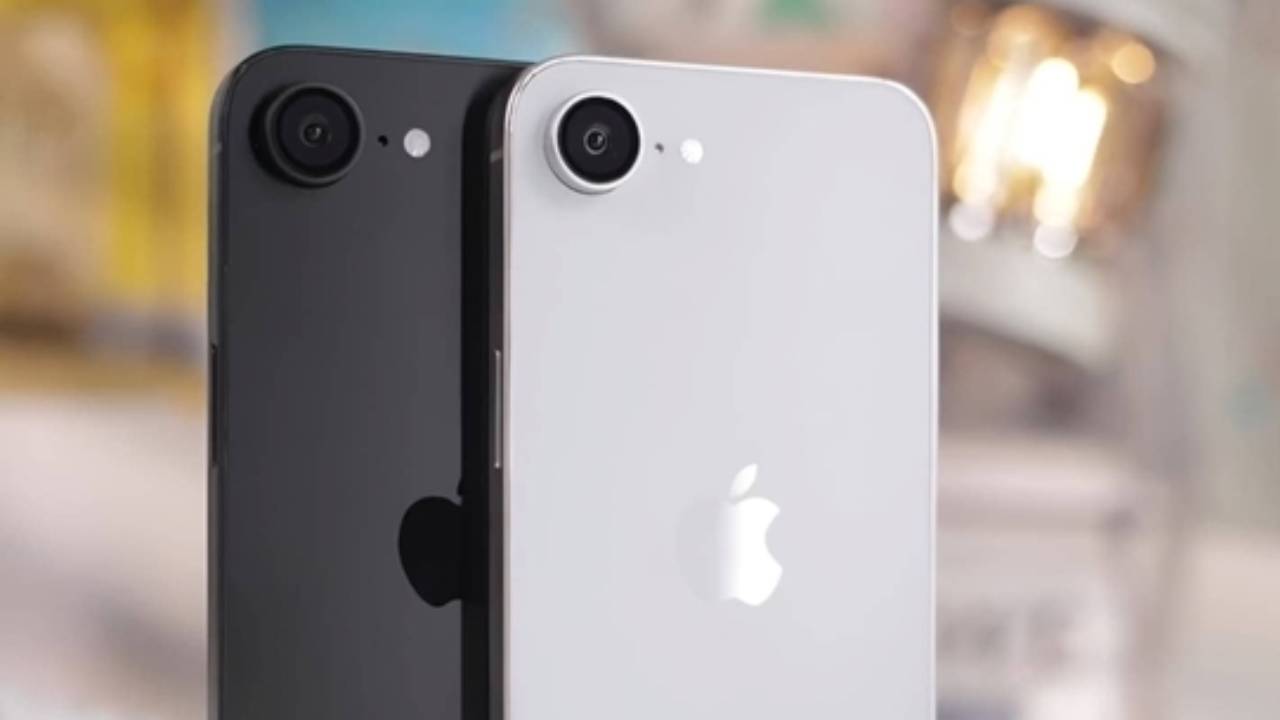
Apple’s Farewell to Small-Screen iPhones: A Strategic Decision
Apple’s iPhone Trajectory: A History of Screen Evolution
Apple’s iPhone journey commenced in 2007 with the groundbreaking 3.5-inch screen. For years, the Cupertino giant adhered to a compact screen philosophy, ranging from 4 to 5 inches. However, a shift occurred in 2020 with the introduction of the diminutive 5.4-inch iPhone 12 mini, Apple’s attempt to revitalize the era of compact phones. Unfortunately, the iPhone 12 mini’s market performance proved lackluster, leading to its discontinuation. The iPhone 13 mini marked the swan song for this short-lived series.
The Rise and Fall of the iPhone SE: A Bridge Between Past and Present
Launched in 2022, the iPhone SE 3 aimed to appease those yearning for a small-screen experience. Yet, with the discontinuation of the SE line, Apple’s compact phone chapter has come to a close. Currently, the smallest iPhone screens available are those of the 6.1-inch models.
Apple’s Rationale: Embracing Market Dynamics
Apple’s decision to abandon small-screen iPhones stems from several compelling reasons:
-
Diminishing Demand: Market research revealed a dwindling demand for compact phones, with consumers increasingly opting for larger screens.
-
Production Costs: Producing smaller phones incurs higher per-unit costs compared to larger devices, affecting profitability.
-
Component Availability: Sourcing components for smaller phones becomes more challenging as the industry moves towards larger displays.
-
Feature Limitations: Small-screen phones often have less internal space, limiting the inclusion of advanced features and components.
-
App Optimization: Optimizing apps for smaller screens requires additional effort and resources, increasing development time and costs.
The Future of Small-Screen iPhones: A Matter of Speculation
Currently, there are no concrete indications suggesting Apple is actively developing a smaller iPhone. However, should market dynamics undergo a significant shift in the future, Apple may reconsider its stance.
Alternatives for Small-Screen Enthusiasts
For individuals who remain loyal to compact phones, several alternatives exist:
-
Older iPhone Models: Previous generation iPhones, such as the iPhone 13 mini or iPhone SE 2, offer smaller screen options.
-
Android Devices: Various Android manufacturers continue to produce compact smartphones with smaller screens.
-
Large-Screen Phones with Compact Modes: Some large-screen phones offer software features that mimic the experience of using a smaller device, such as Apple’s Reachability feature.
Conclusion: A Strategic Move with Implications
Apple’s decision to discontinue small-screen iPhones represents a strategic shift driven by market demand and production realities. While some may lament the loss of compact phones, the company’s focus on larger displays aligns with consumer preferences and the evolving smartphone landscape. Time will tell whether the market pendulum swings back towards smaller devices, but for now, the era of small-screen iPhones has drawn to a close.
